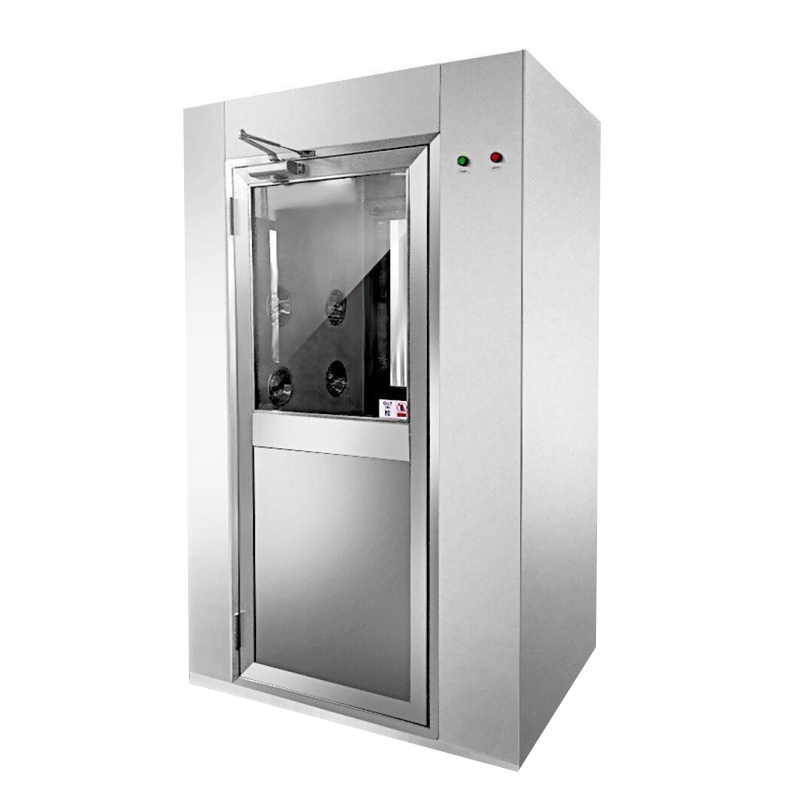

Pass Through Box are used for transferring materials in […]
Pass Through Box are used for transferring materials in and out of cleanrooms and other laboratory spaces. They reduce the need for personnel to enter the area and minimize contamination concerns.
Actively ventilated pass-through boxes employ mechanically introduced air to preserve a pressure regime between rooms, create a "bubble" to the communicating room, dilute contaminants drawn into the box during door opening, or maintain an area classification.
Pass boxes allow materials to be transferred from one clean room or contained enclosure into another, reducing the amount of contamination carried between environments. They are a vital piece of equipment for sterile production environments and quality control laboratories.
Ventilated boxes are equipped with an air-supply system that is designed to filter the incoming air in order to prevent particle emissions from exiting the box. This can be achieved by using balanced flow (supply and extract) or by active ventilation, which uses mechanically introduced air to preserve a pressure regime between rooms or to create a bubble or sink to the communicating spaces to dilute contaminants drawn into the box during door opening.

Timed interlocks prevent the door from being opened until the interval has expired, assuring compliance with SOPs for sanitizing agent exposure or providing adequate time for ventilated boxes to dilute contaminants before being withdrawn. Some models incorporate automatic doors to enforce interlocking or coordinate with automated material transfer systems.
Pass-through boxes allow materials to be transferred between spaces that have different grades of cleanliness. This is a common concern for life sciences facilities, especially when transferring equipment or potent compounds. Pass-through boxes can minimize contamination risk by reducing exposure of cleanroom surfaces to contamination, but the direction in which materials travel through them impacts the extent to which this is accomplished.
Static pass-through boxes are not equipped with HEPA filters, while semi-active and active boxes are filtered. Filters can be designed to reduce particle emissions, preserve a pressure regime between communicating rooms, or dilute contaminants drawn into the box during door opening.
In addition to filtration, some pass-through boxes have an option for germicidal treatment. This involves irradiation of the pass-through or transfer chamber with UV-C light to eliminate bacteria, viruses, spores, and molds. It is also possible to use a combination of sterilization and filtration methods to achieve the same effect. UV-C sterilization is typically required to comply with cGMP guidelines.
Pass-through boxes reduce contamination in Life Science environments by allowing material transfer without much personnel movement within controlled rooms. These are a cost effective way to control ingress of particulate contamination into controlled facilities and between different classified areas.
When medical professionals open the cleanroom side door to deposit materials into the pass-through, a mechanical interlock system locks the opposing door shut. This prevents air loss and depressurization of the cleanroom, pharmacy, or operating room.
A timed interlock mechanism allows the operator to set a timer for sanitizing agent exposure. Once the timer elapses, the pass-through can be opened for withdrawal of the contents. This feature allows the user to be more productive, while also assuring compliance with the facility’s SOP’s and maintaining product integrity. The doors and the body of a pass-through can be made from 316L stainless steel or polypropylene. Both options are easy to sterilize and can withstand high temperatures. They can be customized with a wide variety of accessories and features, including alarms and notification lights.
Pass boxes reduce contamination between life sciences areas and adjacent spaces by allowing materials to be transferred from one side to the other without raising any concern of airborne cross contamination. They are often equipped with interlocking doors that only allow a door on the interior to be opened when a door on the exterior is open, and they may also have timed interlocks that require a timer to elapse before a door can be opened again.
Our new models offer superb design;competitive prices and their new features give them distinct advantages over similar products from other manufacturers.